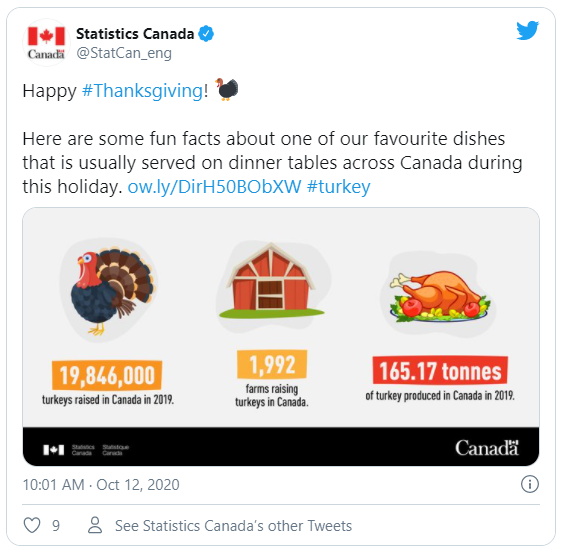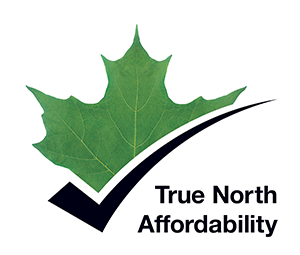The truth about structural separation
Assuming you believe in evidence-based policy making, last week wasn’t very good for advocates of structural separation in telecommunications, and with good reason.
New reports from the UK communications industry regulator, Ofcom, provide further evidence of the short comings of structural separation for investment in broadband infrastructure.
It was a year ago today that I wrote “A more evidenced based approach is warranted”, which included a video of an exchange between TELUS Chief Customer Officer Tony Geheran and then Conservative Industry Critic, Calgary-Nose Hill MP Michelle Rempel Garner at Parliament’s Industry Committee (INDU). Let me refresh your memory of the exchange.
Michelle Rempel Garner: “Mr. Geheran, I think I am saying your name right. You made a comment tonight. You said ‘if you have a policy that fundamentally undermines an investment strategy, you have to change policy’ and I think I agree with that. So I’d start with saying, do you think that structurally separating the builders of network from Internet Service Providers is a way to solve the policy tension that I just described?”
Tony Geheran: “No, I don’t. I haven’t seen that work anywhere globally, to sustainable effect.”
Michelle Rempel Garner: “It’s in the UK, right?”
Tony Geheran: “Yeah.”
Michelle Rempel Garner: “It’s like the primary model in the UK.”
Tony Geheran: “But if you look at the UK, they are wholesale moaning about the quality of their infrastructure, their lack of fibre coverage. across what is a very small geography. I know. I originated from there. And quite frankly, the Canadian networks are far superior in coverage and quality and performance through COVID has demonstrated that.”
Michelle Rempel Garner: “Well, that’s certainly not what we’re hearing in our offices from end users and that’s not the reality that we’re hearing in testimony tonight from you.”
Last week’s report from Ofcom confirmed Mr. Geheren’s view of the world. According to Ofcom, “the average download speed of UK residential broadband services increased by 25% since 2019, from 64 Mbit/s to 80.2 Mbit/s.” According to the CRTC, at year-end 2019, 18 months ago, the average download speed in Canada was already 176.9 Mbps, more than double the current speed in the UK.
In its Spring 2021 Connected Nations Update, Ofcom indicated that “Full fibre coverage continues to increase at pace, up to 21%” of UK homes by January 2021. According to the CRTC, 44.7% of Canadian homes had fibre to the home access, again more than double what is in the UK.
Those who promote “structural separation” won’t like seeing the evidence published by the regulators, but it is proof that Mr. Geheren was right, “the Canadian networks are far superior in coverage and quality and performance through COVID has demonstrated that.”
Last week also saw a new report on Australia’s state-owned National Broadband Network (NBN), saying that 5G “will take business away from a financially fragile [NBN] operation loaded up with debt. The state-owned telco owes A$19.5 billion to the national government, with revenue last year of A$3.5 billion.”
So, last week wasn’t very good for those who advocate structural separation, at least for those who believe policy should carefully examine the evidence.
Such evidence continues to confirm what most of us know: that structural separation is a losing regulatory model.
As the CRTC, the Competition Bureau and government policy have each determined, facilities-based competition is the sustainable regulatory model, promoting investment. Canada’s future depends on connectivity.


